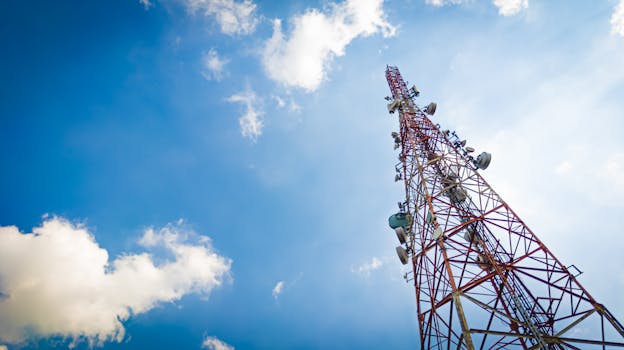
Satellites as Sentries: Advanced Technologies for Global Communication and Surveillance
Satellites as Sentries: Advanced Technologies for Global Communication and Surveillance have become an essential part of modern life, enabling global communication, navigation, and surveillance. With the rapid advancement of technology, satellites have become more sophisticated, offering a wide range of applications and services. In this article, we will explore the role of satellites in global communication and surveillance, highlighting the advanced technologies that make them an indispensable part of our daily lives.
Introduction to Satellite Technology
Satellites have been in use for several decades, with the first artificial satellite, Sputnik 1, launched by the Soviet Union in 1957. Since then, satellite technology has evolved significantly, with thousands of satellites orbiting the Earth, providing various services such as telecommunications, navigation, weather forecasting, and Earth observation. Satellites as Sentries: Advanced Technologies for Global Communication and Surveillance are designed to operate in the harsh environment of space, withstanding extreme temperatures, radiation, and vacuum conditions.
Global Communication
Satellites play a vital role in global communication, enabling the transmission of data, voice, and video signals over long distances. Geostationary satellites, orbiting the Earth at an altitude of approximately 36,000 kilometers, are used for telecommunications, broadcasting, and weather forecasting. These satellites are equipped with transponders that receive and retransmit signals, enabling communication between different parts of the world. Satellites as Sentries: Advanced Technologies for Global Communication and Surveillance have made it possible to communicate with remote areas, where traditional communication infrastructure is limited or non-existent.
Surveillance and Earth Observation
Satellites are also used for surveillance and Earth observation, providing valuable information about the environment, climate, and natural resources. Earth observation satellites, such as Landsat and SPOT, are equipped with sensors that collect data on the Earth’s surface, including land use, land cover, and ocean currents. These data are used for various applications, including agriculture, forestry, and disaster management. Satellites as Sentries: Advanced Technologies for Global Communication and Surveillance have become an essential tool for monitoring the environment and tracking changes in the climate.
Advanced Technologies
Recent advancements in satellite technology have enabled the development of more sophisticated satellites with enhanced capabilities. Some of the advanced technologies used in satellites include:
High-throughput satellites, which offer faster data transmission rates and higher bandwidth
Small satellites, also known as CubeSats, which are smaller, cheaper, and more agile than traditional satellites
Electric propulsion systems, which provide more efficient and longer-lasting propulsion systems
Advanced sensors and cameras, which enable higher-resolution imaging and more accurate data collection
Conclusion
In conclusion, Satellites as Sentries: Advanced Technologies for Global Communication and Surveillance have become an indispensable part of modern life, enabling global communication, navigation, and surveillance. With the rapid advancement of technology, satellites have become more sophisticated, offering a wide range of applications and services. As the demand for satellite-based services continues to grow, it is likely that we will see even more advanced technologies developed in the future, further expanding the capabilities of satellites and their role in our daily lives.